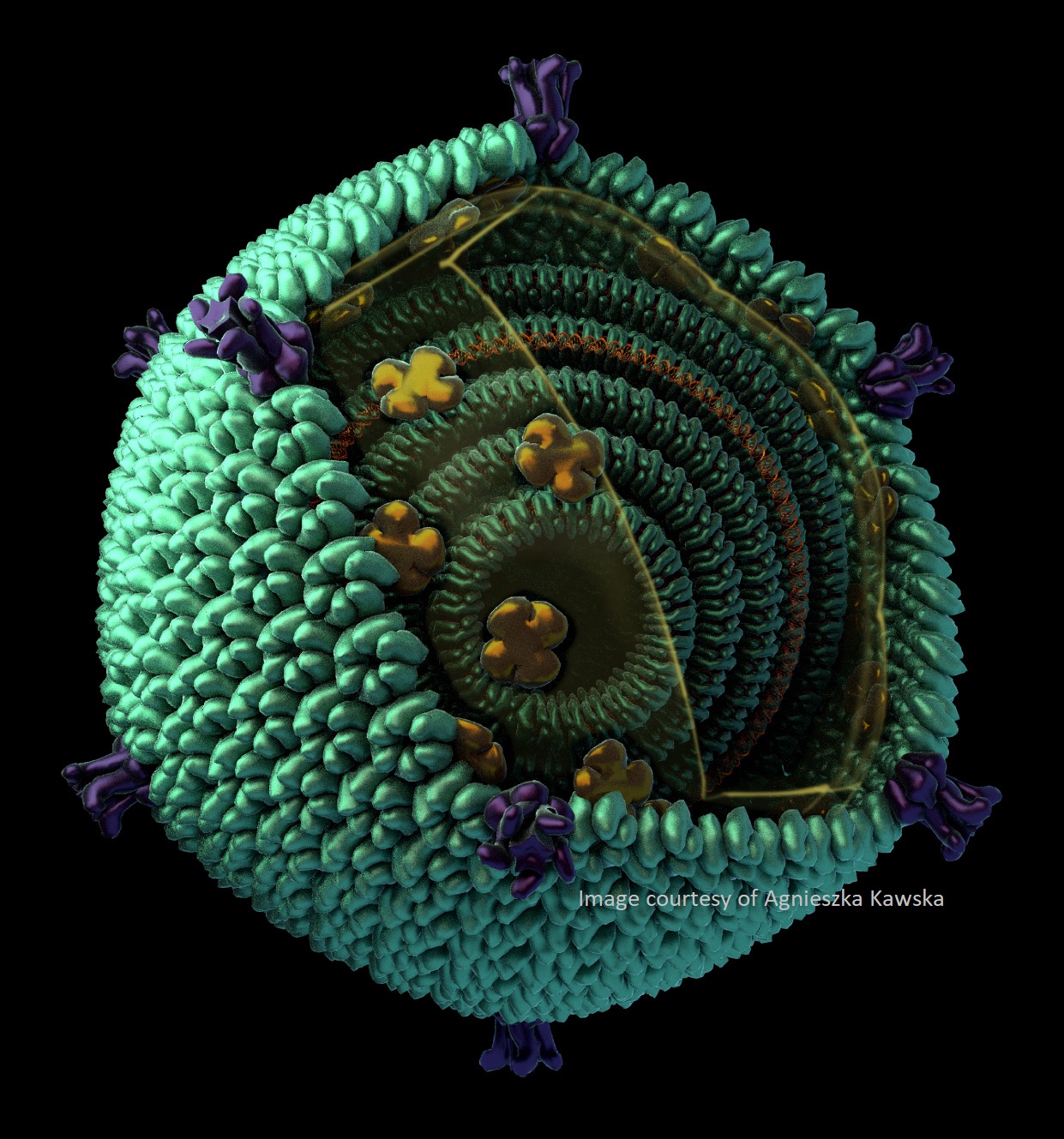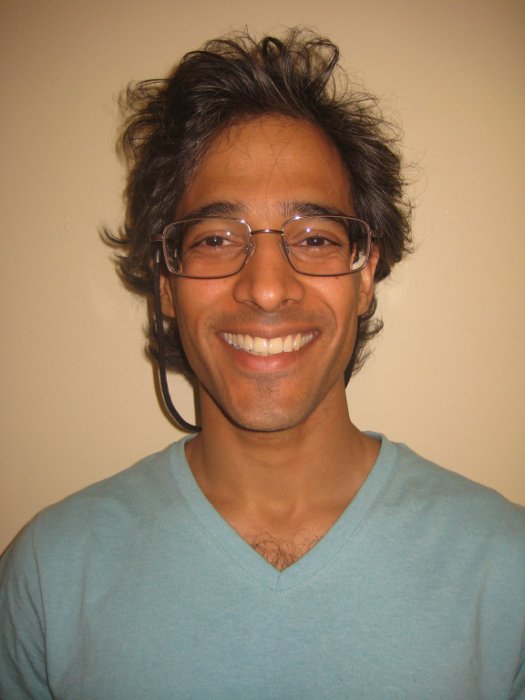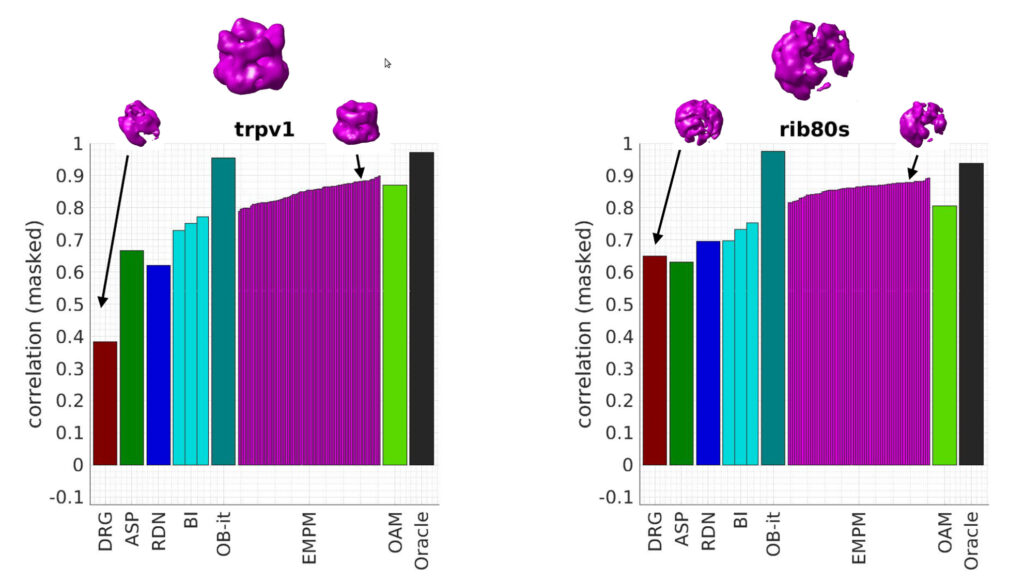
Niels Volkmann
Professor of Electrical and Computer Engineering
UC Santa Barbara
Date and time: October 2th, 2024 Wednesday, at 8am PDT / 11am EDT / 4pm BST / 5pm CEST / 11pm China CST
For the zoom links, please join the One World Cryo-EM mailing list.
High(er) throughput analysis of actin-filament structures in cellular tomograms
The actin cytoskeleton plays a key role in cell migration and morphology in eukaryotic cells. Its diverse architectures enable functions such as protrusion, adhesion, contraction, and retraction. Analyzing cryo-ET data presents challenges due to low signal-to-noise ratios, stemming from weak contrast between biomolecules and the surrounding medium, as well as low electron doses to prevent sample damage. Current methods, such as analyzing vectorized actin filament traces or subtomogram averaging, have provided detailed insights into cytoskeletal structures but do not scale well for large datasets. In this talk, I will present alternative higher-throughput methods we developed for extracting nanoscale actin-filament parameters from hundreds of tomograms.


